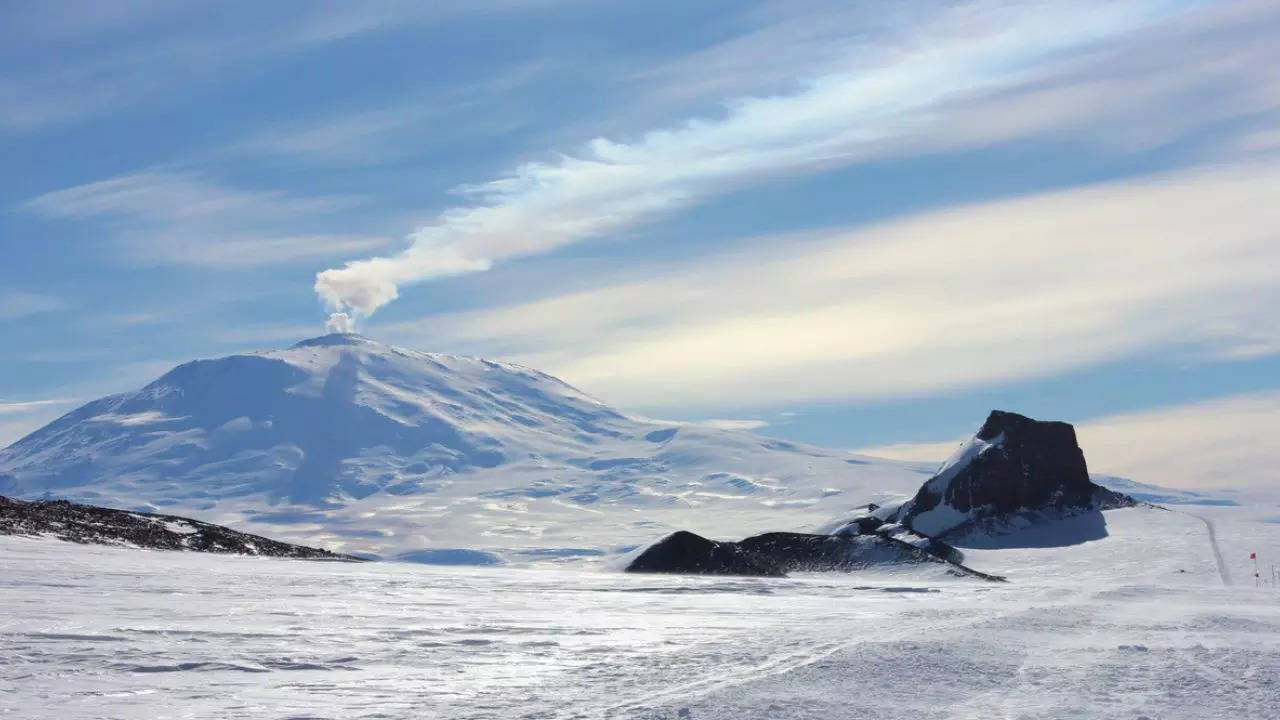
Located in Antarctica, Mount Erebus, has caused a stir among scientists due to releasing an unusual thing. The volcano typically spews out steam, gases and rocks. However, with this, it has now started releasing tiny pieces of crystallised gold. Strange, right?
According to reports, these golden particles are carried by the wind and have been discovered 621 miles from the volcano's summit. Their estimated value is somewhere over $6,000, which is Rs 5 Lakh.
Why Is Mount Erebus Releasing Gold?
Standing at a towering 12,448 feet tall, Mount Erebus happens to be one of Antarctica’s 138 active volcanoes. NASA scientists are of the believe that the molten rock have risen up from the Earth’s interior, carrying gold particles to the surface where they crystallise in the sub-zero temperatures.
They have also explained that it is common for volcanos to produce gold as gas or liquid. Despite that, the case of Mount Erebus is different because it is extracting gold particles – which travel through the air and then disperse in the form of dust.
As per GeologyHub, "Mount Erebus is one of a number of volcanoes which actively produces gold during its eruptive activity. However, it is the only volcano which produces solid gold particles instead of the material being disseminated or occurring in a gas/liquid form."
It produces around 64.4lbs of gold each year, which is worth around $2 million. However, it is still impossible to cash in on this opportunity as mining the gold would be too dangerous due to the random volcanic explosions.
More About Mount Erebus
Erebus is Antarctica’s best known and world’s southernmost active volcano. It overlooks the McMurdo research station on Ross Island. Additionally, it has a lava lake in the summit crater that has been active since at least 1972. Because of the remote location, any activity in the region is primarily monitored by satellites.
Mount Erebus happens to be the second highest volcano in Antarctica after Mount Sidley and was discovered by the Polar explorer James Ross in 1841 during his voyage to Antarctica. Many Antarctic cruises don't make it this far south. Ross Island, however, is an interesting site. It is home to a colony of approximately 500,000 Adelie penguins, which are also found throughout the Antarctic Peninsula.

